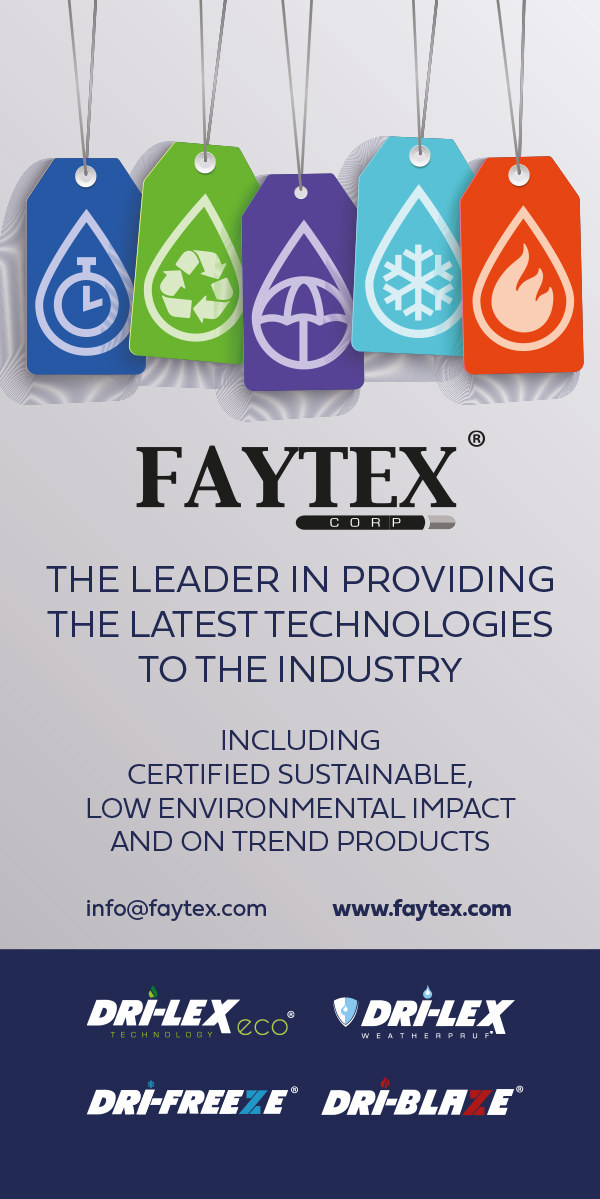Soft-flowing materials for insoles

Insoles and insocks are extremely versatile footwear components made in a variety of materials and designs.
They can possess a wide range of attributes and offer a variety of benefits to the wearer, including enhanced comfort and support to the foot. The underfoot environment is, however, very demanding, so quality and durability are essential. But first it might be best to clarify what is meant by the different terms ‘insole’ and ‘insock’. Many people use these two terms synonymously which can be confusing. Technically, an insole is the rigid or semi-rigid backbone of a shoe which is not removable. An insock, on the other hand, generally lies on the surface of the insole and may or may not be removable. Moulded insocks are often also referred to as footbeds. In the medical field, ‘insole’ is the more common, so we will use it in this article to describe moulded medical footbeds.
These insoles are produced in a wide variety of constructions and can be a thin sheet socking material covering whole or part of the inside of a shoe, a full-length sheet foam layer with a top-covering material or moulded polymeric components. Replacement insoles are also frequently marketed as replacements for worn-out components or to customise the footwear to meet a customer’s particular needs. This may be to improve cushioning or change the fitting properties of the shoe, generally the two most important factors for both short- and long-term comfort. Insoles play a key role in influencing customer choice and in maintaining comfort levels throughout the day as well as after long periods of wear.
Insoles also play an important role in orthopaedic footwear. Here, there can be a major problem from the outset, as no two customers will be alike. It is often not simply a case of different sizes between the right foot and the left, as one may be normal and the other not. Alternatively, one foot may be a totally different shape from the other. This clearly leads to all manner of manufacturing problems and it is for this reason that orthopaedic footwear is frequently so complex and expensive. Many simpler foot conditions can, however, often be treated by making oversize shoes with insoles specially formed to match the wearer’s feet, saving both time and money. Where cork was once the only material that was used, modern materials science has resulted in materials that offer the orthopaedic shoe producer far greater flexibility.
Soft-Flowing materials
For instance, Coats Footwear, part of Coats Group, has recently extended its range of reinforcement materials for orthopaedic and medical footwear with the introduction of seven innovative Soft-Flowing insole materials. Addressing market demand for increased flexibility in the design and production of specialist insoles and orthotics, these Rhenoflex and Texon materials offer a range of firmness options and are available in a variety of colours and thicknesses to meet customers’ individual needs. Made from soft flowing thermoplastics, the materials have been designed to create insoles with extremely soft edges for extra comfort but, at the same time, are also said to be highly resistant to breakage and to offer excellent shape retention properties. The materials are supplied in sheet form ready for the insole producer to create the final product using thermoforming, deepdraw or vacuum forming techniques.
Coats states that the seven Soft-Flowing products are all quick and easy to process, with no skiving or grinding required.
Heat-activated, the materials feature an adhesive inside the polymer mass that delivers strong bonding. During thermoforming the edges of the material turn slightly fluid, creating a smooth finish that seamlessly fuses to different substrates after being pushed into place. This is referred to as ‘outflow’ and as can be seen in the following product list can vary from material to material depending on their individual compositions. Made with fabrics that enable more stable handling when soft, each material is designed to create a strong reinforcement. The range contains colour and thickness options giving customers a wide choice:
Proform – a semi-firm thermoplastic material that is available in white and achieves a good outflow.
Ultrafit – a soft to semi-firm thermoplastic material that comes in beige and achieves a strong outflow.
Rx 31.8 / Rx 32.8 – a firm to very firm thermoplastic material that achieves a good outflow and is available in many colours including black, green, magenta, red, sand and gold plus eight different thicknesses.
Orthofirm – a semi-firm thermoplastic material available in anthracite and which achieves a strong outflow.
Rx 41.2 – a soft to semi-firm thermoplastic material that is available in blue, orange and red and achieves an extremely high outflow.
Rx 44.2 – a soft thermoplastic material that achieves a strong outflow and is available in 1.10 – 1.20 mm in green and blue.
Orthoflex – a soft and flexible thermoplastic material which has an extremely high resistance to cracking and repeated heavy bending. It is available in blue at thicknesses ranging from 0.85 – 0.95 mm. It also achieves a good outflow.
Robert Grueneberg, Director Transformation & Procurement at Coats Footwear, says that, “With the acquisitions of Texon and Rhenoflex in 2022, Coats has become a global market leader in the footwear industry for pioneering reinforcement solutions that can improve the production, integration and performance of structural components into all kinds of shoes and medical applications. These seven Soft-Flowing materials show us continuing to drive innovation and broadening the range of reinforcement options available for medical and orthopaedic footwear manufacturers.”
Coats Footwear offers Soft-Flowing thermoplastic materials for specialist insoles and orthotics.
All Credits: COATS GROUP












